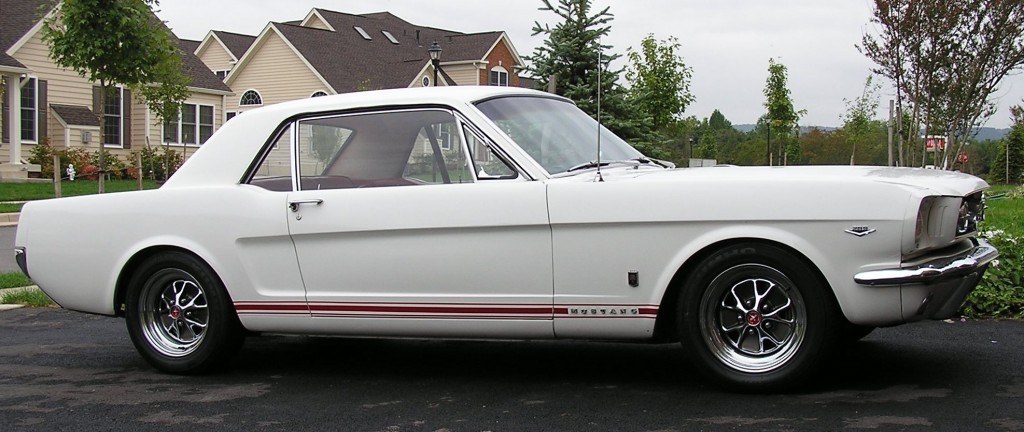When purchasing a financial instrument such as a stock or a bond, the purpose is usually quite obvious. Money is being placed at risk today in exchange for the expectation of receiving certain cash flows over the lifespan of the instrument. Such operations can be for investment purposes or speculative, but ultimately the purpose is to obtain a financial return appropriate for the level of risk that is being accepted. Usually no “care and feeding” of the investment is necessary other than the time required to monitor the investment over time. Cash flows are paid to the investor either over time, at the sale of the investment, or at maturity.
Of course, investments are not restricted to financial instruments. In the recent past, there have been many stories about investors taking physical delivery of gold. Whenever an investor takes physical delivery of an asset – whether it is gold, fine art, classic cars, or other items – storage costs and insurance come into play. Such assets do not pay dividends or interest, but in some cases, provide utility to the owner. For example, fine art can be displayed and admired while potentially earning a return over time.
One of the worst traps to fall into involves purchasing a physical asset that is really more of a consumption item while justifying the purchase by considering it to be an investment. As an owner of a classic car, I found this press release from Barrett-Jackson somewhat amusing. Barrett-Jackson runs some of the most prominent classic car auctions along with other events tailored to appeal to the classic car enthusiast.
I purchased a 1965 Ford Mustang exactly twenty years ago, at which time it was not so much a “classic” as my day to day transportation. It remained my primary form of transportation until the late 1990s and went into storage for a number of years before a full mechanical restoration in 2006. At the time of the restoration, I had the car appraised for insurance purposes. The appraisal amount was exactly three times the price I paid for the car in 1989, which is a 6.68% annual return over that period. While that is not a stunning return, it at least beat inflation over that time frame. Or did it?

Of course, the missing piece was the fact that cars require significant “care and feeding”. The restoration in 2006 cost about 75% of the appraised value of the car after the work was completed, so in fact the financial return was negative over the 17 year period. I am sure that anyone who has owned a classic car can understand that unless you are working with a truly rare vehicle, the cost of restoration and maintenance makes the financial return on the investment break even at best and typically negative. To be fair, the Barrett-Jackson index uses rare cars like the 1957 Ford Thunderbird, the 1967 Ford Shelby GT 500, and others. My 1965 Mustang is a GT Coupe. The car is much less common than a typical 1965 Mustang but is not in the same league as the Shelby.
The interesting aspect of all of this is that I have never considered the car to be an “investment”. When I purchased the car, it was my day to day transportation and now restoring it and operating it from time to time is a form of recreation. This is all consumption. Consumption isn’t inherently bad and this particular form of consumption provides a great deal of utility for me personally. It seems crazy to justify spending money on consumption by convincing yourself that you are really “investing”.
My car may someday produce a huge windfall, but it is somewhat of a moot point for me because it is not for sale and represents a hobby and not an investment. While I’m sure that some savvy buyers can potentially make money investing in cars, I wonder how many of these “investors” are really buying themselves a toy and fooling themselves into justifying the purchase by calling it an investment.
Today, my return on this investment occurred when I drove the car for the first time this year after having it in storage all winter. I also obtained utility from performing routine maintenance (with parts costing $63.59) that many others would consider a hassle. This is not a financial return, but clearly a form of consumption.
